1. Arizona
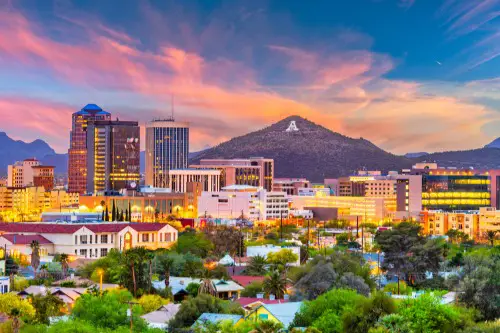
Arizona has always been dry, but the situation is getting worse fast, according to the Central Arizona Project. The state relies heavily on the Colorado River, which supplies about 36% of its water, but that river is shrinking due to overuse and climate change. Reservoirs like Lake Mead, which provide water to millions, have been at historic lows, and drastic cuts to water allocations are already being made. Phoenix, one of the fastest-growing cities in the U.S., is adding more people every year, increasing demand on an already overburdened system. Rural areas aren’t faring much better, with some communities drilling deeper and deeper for groundwater that may soon run out.
Agriculture also plays a huge role in Arizona’s water crisis. Farms use about 70% of the state’s water, and many rely on groundwater, which is being pumped faster than it can replenish. Some regions are seeing wells go dry, forcing farmers to abandon fields or find alternative water sources. The state’s hot, dry climate only makes things worse, with extreme heat increasing evaporation rates. Even conservation efforts, like limiting new housing developments that rely on groundwater, may not be enough to avoid severe shortages in the coming years. By 2030, without major changes, Arizona could face some of the most extreme water challenges in the country.
2. California

California has dealt with water shortages for decades, but the problem is reaching crisis levels, according to the California Department of Water Resources. The state’s dependence on the overallocated Colorado River, shrinking Sierra Nevada snowpack, and overuse of groundwater have created a perfect storm for a water disaster. The Central Valley, which produces a third of the country’s vegetables and two-thirds of its fruits and nuts, is especially vulnerable. Farmers are struggling to secure enough water for crops, with some switching to less water-intensive farming or leaving fields unplanted altogether. Urban areas, including Los Angeles and San Francisco, face their own struggles as water demand continues to climb.
Climate change is making everything worse, with hotter temperatures leading to faster evaporation and drier conditions. The state has implemented strict water restrictions in recent years, but it’s not enough to offset the growing crisis. Groundwater depletion is another major concern—some aquifers are dropping so fast that land is sinking, a phenomenon called subsidence. Many small communities, particularly in rural areas, rely on wells that are running dry. Unless drastic action is taken, California’s water crisis will deepen, affecting millions of people, businesses, and farms by 2030.
3. Colorado
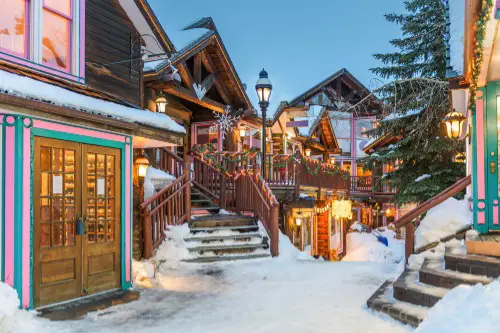
Colorado is the birthplace of the Colorado River, but even this headwater state isn’t safe from water shortages, according to the Division of Local Government – Colorado. The river, which supplies water to seven states, is struggling as climate change reduces snowfall in the Rocky Mountains. Snowmelt is a crucial source of water, but with rising temperatures, it’s becoming less reliable. Lower river flows mean less water for cities like Denver, which has seen rapid population growth in recent years. The state is also dealing with an increasing number of wildfires, which damage watersheds and impact water quality.
Agriculture is another major user of Colorado’s water, and many farmers depend on irrigation from already stressed water sources. The state has been working to develop conservation plans, but demand continues to outpace supply. Rural communities, in particular, are at risk of losing their water sources as aquifers are depleted. With growing competition for limited resources, water disputes between cities, farmers, and neighboring states are expected to intensify. If current trends continue, Colorado will be facing a major water crisis by 2030.
4. Florida
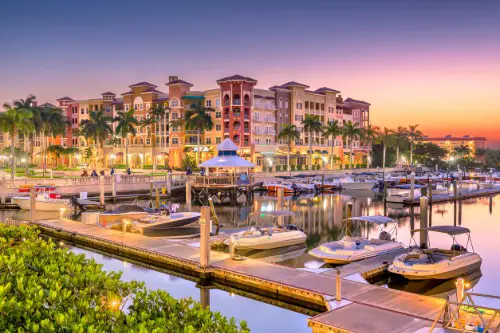
Florida might seem like an odd addition to this list, given its reputation for swamps and heavy rainfall. But despite being surrounded by water, the state is facing serious water shortages due to overuse, pollution, and saltwater intrusion, according to Florida TaxWatch. Florida’s aquifers, which supply drinking water to millions, are being over-pumped, leading to problems like sinkholes and declining water quality. As sea levels rise, saltwater is creeping into freshwater supplies, making the situation even worse. With a booming population and growing tourism industry, demand for water keeps rising.
Climate change is also causing more extreme weather patterns, leading to periods of drought that strain water resources. Florida’s extensive agricultural sector, particularly citrus farms, also requires a massive amount of water. Some areas, like South Florida, have already implemented water restrictions, but enforcement is inconsistent. If these issues aren’t addressed, Florida could see widespread water shortages by 2030, impacting drinking water, agriculture, and the environment.
5. Idaho
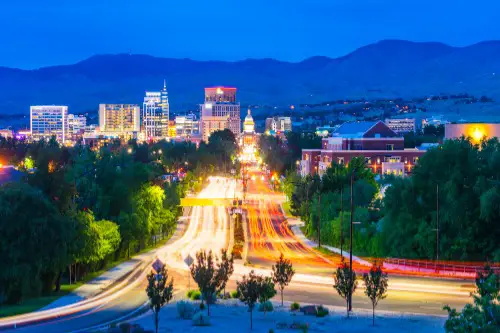
Idaho might be known for its mountains and rivers, but water shortages are becoming a serious issue, according to the State of Idaho. Much of the state’s water comes from snowmelt, and climate change is reducing snowpack levels in the Rockies. This means less water flowing into rivers and aquifers, which many communities and farmers rely on. The Snake River, a critical water source, has been experiencing declining flows, and some reservoirs are struggling to meet demand. As the state’s population grows, urban areas like Boise are seeing increased pressure on their water supplies.
Agriculture is a massive water user in Idaho, with the state being one of the country’s top potato producers. Farmers rely on irrigation, but groundwater levels are dropping at an alarming rate. In some areas, wells have to be drilled deeper every year just to access water. This overuse isn’t sustainable, and without serious conservation efforts, Idaho could face major shortages by 2030. On top of that, hotter summers are increasing evaporation rates, further reducing available water. If these issues aren’t addressed, both urban and rural areas in Idaho will be dealing with significant water stress in the near future.
6. Kansas

Kansas depends heavily on the Ogallala Aquifer, one of the largest underground water reserves in the world. But this aquifer is being drained much faster than it can recharge, putting the state’s agriculture and communities at serious risk. Western Kansas, in particular, has seen water levels drop by dozens of feet over the past few decades. Farmers who rely on irrigation to grow wheat, corn, and other crops are being forced to either reduce water use or abandon fields. If this depletion continues at its current rate, some parts of Kansas may have little to no groundwater left by 2030.
The state’s water crisis isn’t just about farming—small towns and cities also depend on the Ogallala for drinking water. Many rural communities could face severe water shortages in the coming years, leading to economic decline and population loss. On top of that, Kansas has seen longer and hotter summers, increasing water demand while reducing supply. Efforts to implement water conservation measures have been slow, and without significant policy changes, Kansas is headed for a major water crisis. By 2030, some areas could be forced to drastically cut water use or find alternative sources—if they exist at all.
7. Mississippi

Mississippi has plenty of rainfall, but that doesn’t mean it’s safe from water shortages. The state’s primary problem isn’t lack of water—it’s poor management, aging infrastructure, and pollution. Many communities rely on groundwater, but overuse and contamination are making it harder to access clean, reliable supplies. The Mississippi River, a major water source, has been seeing lower flows due to prolonged droughts upstream. This affects everything from drinking water to agriculture and industry.
Adding to the crisis, many cities in Mississippi have outdated water infrastructure that’s prone to leaks and failures. Jackson, the state’s capital, has already experienced major water crises, leaving residents without clean water for weeks at a time. If these infrastructure problems aren’t addressed, more cities could face similar disasters. Climate change is also leading to more unpredictable weather patterns, with periods of drought putting additional stress on water supplies. Unless the state takes serious action, Mississippi’s water problems will only get worse by 2030.
8. Montana
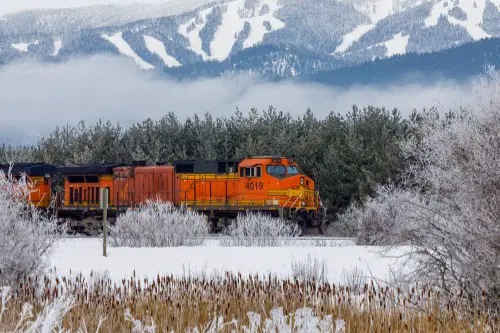
Montana’s water shortages are tied to climate change and changing precipitation patterns. The state depends on mountain snowmelt to feed its rivers and groundwater, but warming temperatures are reducing snowpack levels. As a result, streams and reservoirs are running lower, affecting both urban and rural areas. The Missouri River, a key water source for Montana and several other states, is seeing reduced flows, which could lead to shortages in the near future. Droughts have also become more frequent, putting additional pressure on water supplies.
Montana’s agricultural sector is particularly vulnerable to water shortages. Many farmers and ranchers rely on irrigation, but with less available water, some are being forced to cut back or switch to less water-intensive crops. Wildfires, another growing problem, can damage watersheds and further reduce available water. The combination of these challenges means Montana’s water crisis will likely intensify by 2030. If the state doesn’t take proactive steps to manage its water resources, both rural and urban communities could face serious consequences.
9. Nebraska
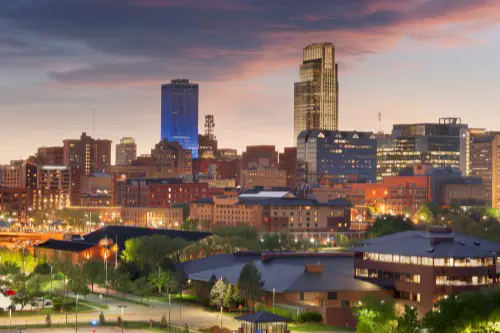
Like Kansas, Nebraska depends on the Ogallala Aquifer for much of its water, and that resource is vanishing. This underground water supply has been steadily depleting due to overuse, primarily for irrigation. Farmers in Nebraska use more groundwater than almost any other state, and in some areas, wells are going dry. By 2030, parts of the state may be forced to drastically cut agricultural production due to lack of water. Cities like Lincoln and Omaha are also facing growing water demand as populations rise.
Nebraska has attempted to implement some water conservation measures, but they may not be enough to prevent a full-blown crisis. Hotter temperatures and more frequent droughts are making the situation even worse. If the Ogallala continues to shrink, Nebraska could see severe economic consequences, with farming communities hit the hardest. Without sustainable water management, the state will be in serious trouble in the next decade.
10. Nevada

Nevada is one of the driest states in the U.S., and water shortages have always been a concern. Las Vegas, which depends on water from the Colorado River, is in a particularly vulnerable position. Lake Mead, the main reservoir supplying southern Nevada, has been at record lows, and ongoing cuts to water allocations will make things even harder. The state has taken aggressive conservation measures, but demand is still outpacing supply.
In rural Nevada, many communities rely on groundwater, which is being pumped at unsustainable rates. Some wells have already gone dry, forcing residents to haul in water. Agriculture, though smaller in scale than in other states, also competes for limited water resources. If Lake Mead’s levels continue to drop, Nevada could face severe water restrictions by 2030. The state has made progress in reducing water waste, but unless more drastic measures are taken, shortages will only get worse.
11. New Mexico
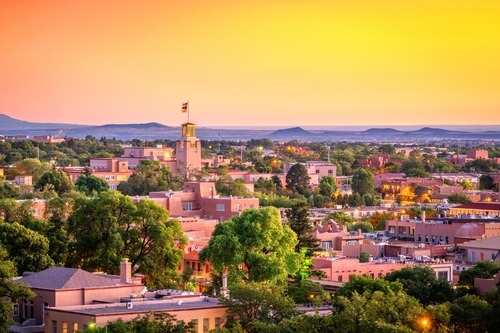
New Mexico’s water crisis is one of the most severe in the country. The state gets very little rainfall, and its main water sources, including the Rio Grande, are shrinking. Overuse, drought, and rising temperatures have all contributed to the problem. Many areas are already facing water restrictions, and by 2030, shortages could become even more widespread. Santa Fe and Albuquerque are struggling to secure enough water to meet growing demand.
Rural communities are also in trouble, with some wells running dry and groundwater levels dropping fast. Agriculture is a major factor, with farms consuming much of the state’s limited water supply. The combination of climate change, population growth, and inefficient water use means New Mexico is on a dangerous path. Without serious conservation efforts, the state could see severe water shortages affecting both cities and rural areas in the next decade.
12. Texas
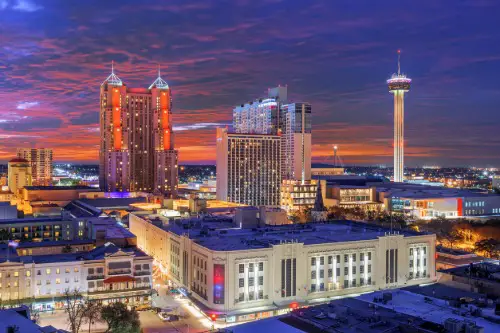
Texas has been dealing with water shortages for years, and the problem is only getting worse. The state’s population is booming, and its water resources are struggling to keep up. Major cities like Austin, Dallas, and Houston are all facing growing demand, while rivers and reservoirs are running lower. Droughts have become more frequent, putting additional strain on the state’s already-stressed water supply.
Agriculture and industry are also big water users in Texas, with farming in West Texas heavily reliant on the rapidly depleting Ogallala Aquifer. Some communities are already facing restrictions, and by 2030, many areas could experience severe shortages. The state has been working on water conservation and infrastructure projects, but these efforts may not be enough. Without major changes, Texas could be one of the hardest-hit states when it comes to water scarcity in the coming decade.


